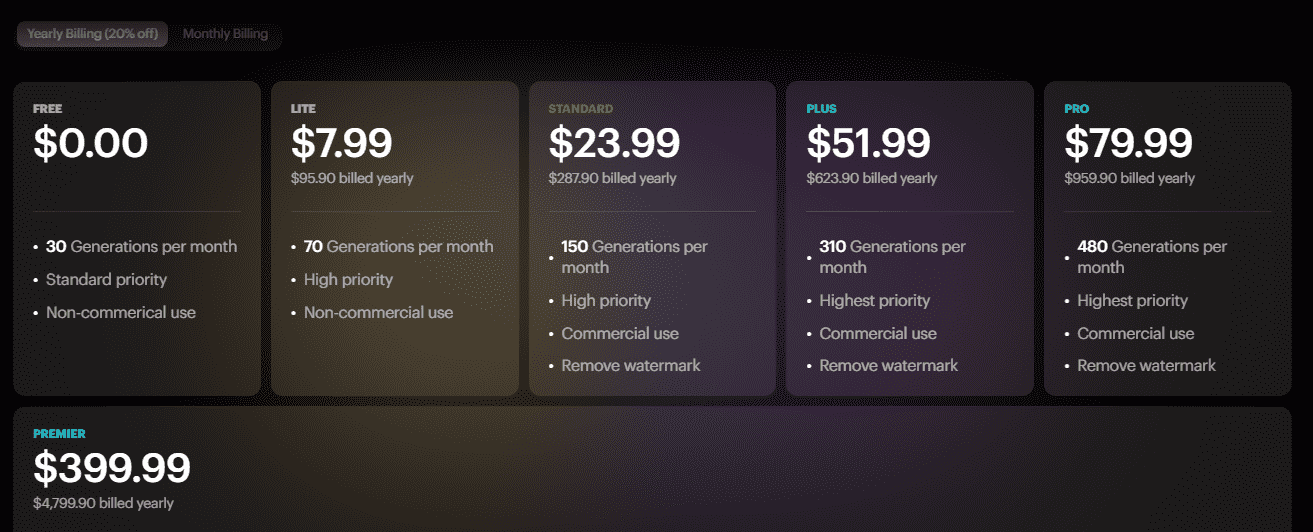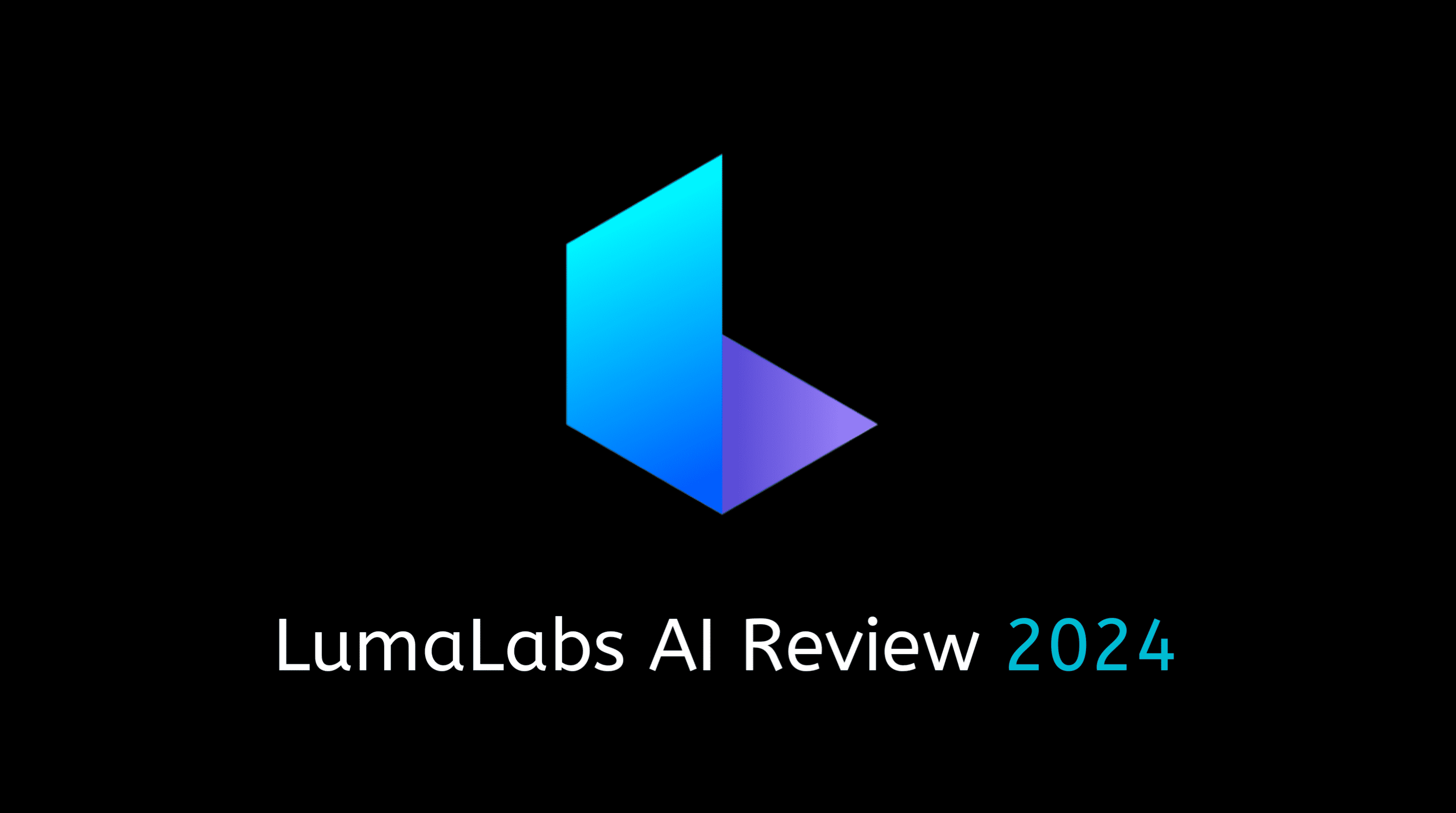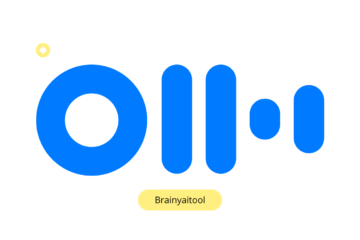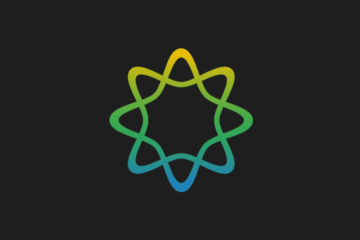In the rapidly evolving landscape of artificial intelligence, LumaLabs AI has emerged as a prominent player, offering innovative tools that redefine the possibilities of digital creation. This comprehensive review delves into the core offerings of LumaLabs AI, including Dream Machine and Genie, examining their features, performance, and potential applications.
By understanding the capabilities of these AI-powered tools, creators and businesses can make informed decisions about incorporating them into their workflows.
LumaLabs AI Review
LumaLabs AI: A Deep Dive into Generative AI
LumaLabs AI is a pioneering artificial intelligence company specializing in generative AI. Their technology is built on the foundation of deep learning, a subset of machine learning that trains artificial neural networks to learn from massive datasets. This allows LumaLabs AI to create tools capable of generating highly realistic and creative content.
Core Technology:
At the heart of LumaLabs AI’s technology is a sophisticated generative adversarial network (GAN). GANs consist of two neural networks: a generator and a discriminator.
- Generator: This network creates new content based on the patterns it has learned from the training data. In the case of LumaLabs AI, this could be images, videos, or even text.
- Discriminator: This network evaluates the generated content and determines whether it is real or fake. It provides feedback to the generator, helping it to improve its ability to create realistic content.
How It Works:
- Training: LumaLabs AI trains its GANs on vast datasets of real-world content. This could be millions of images, videos, or text samples.
- Generation: Once trained, the generator network can be prompted to create new content. For example, if prompted with a specific keyword or style, the generator will use its learned knowledge to generate an image or video that matches the request.
- Refinement: The discriminator network continuously evaluates the generated content and provides feedback to the generator. This iterative process helps the generator to refine its output and create increasingly realistic and creative results.
Underlying Principles:
- Latent Space: LumaLabs AI’s GANs operate in a latent space, a high-dimensional mathematical space where each point represents a potential piece of content. By manipulating points in this space, the generator can create a wide variety of content.
- Style Transfer: LumaLabs AI’s technology can be used for style transfer, where the style of one piece of content is applied to the content of another. This can be used to create unique and artistic effects.
- Conditional Generation: The GANs can be conditioned on specific inputs, such as text prompts or reference images. This allows for more precise and controlled generation of content.
LumaLabs AI’s technology leverages the power of generative adversarial networks to create innovative and realistic content.
By understanding the underlying principles and capabilities of their technology, users can harness its potential to enhance their creative workflows and explore new possibilities in various fields.

LumaLabs AI: Dream Machine and Genie
LumaLabs AI offers two primary products, Dream Machine and Genie, each designed to cater to specific needs within the creative industry.
Dream Machine
Dream Machine is a powerful AI-powered tool capable of generating high-quality images and videos from text prompts. Its advanced algorithms allow users to create stunning visuals with incredible detail and realism.
Key functionalities:
- Text-to-Image Generation: Users can input a text description, and Dream Machine will generate corresponding images based on the prompt.
- Style Transfer: Dream Machine can apply the style of one image to another, enabling users to create unique and artistic compositions.
- Image Editing: The tool can be used to edit and enhance existing images, adding or removing elements as needed.
- Customizable Parameters: Users have control over various parameters, such as image resolution, style, and level of detail, allowing for precise customization.
Use cases:
- Film and Television: Dream Machine can be used to generate concept art, backgrounds, and even entire scenes for movies and TV shows.
- Gaming: Game developers can use the tool to create concept art, character designs, and in-game environments.
- Advertising: Ad agencies can use Dream Machine to generate eye-catching visuals for campaigns.
- Design: Graphic designers can use the tool to create unique and innovative designs for various applications.
Genie
Genie is a versatile AI tool that specializes in generating text-based content. It can be used to create everything from articles and blog posts to scripts and creative writing.
Key functionalities:
- Text Generation: Genie can generate text based on a variety of prompts, including topics, styles, and tone.
- Language Translation: The tool can be used to translate text between different languages.
- Summarization: Genie can summarize long pieces of text into shorter, more concise versions.
- Creative Writing: Genie can be used to generate creative writing, such as poems, stories, and scripts.
Use cases:
- Content Marketing: Content marketers can use Genie to generate high-quality articles, blog posts, and social media content.
- Copywriting: Copywriters can use the tool to create persuasive and engaging copy for advertising and marketing materials.
- Language Learning: Genie can be used as a tool for language learners to practice writing and translation.
- Creative Writing: Writers can use Genie to spark inspiration and generate new ideas for their projects.
both Dream Machine and Genie offer powerful and versatile AI capabilities that can be applied to a wide range of creative endeavors. By understanding their specific functionalities and use cases, users can effectively leverage these tools to enhance their productivity and creativity.
LumaLabs AI: User Experience
LumaLabs AI has designed its products with a focus on user experience, aiming to make the tools accessible and intuitive for users of all levels.
User Interface
- Clean and Intuitive Design: Both Dream Machine and Genie feature a clean and modern interface that is easy to navigate.
- Visual Cues: The tools provide clear visual cues and guidance to help users understand the different features and options.
- Customization: Users can customize the interface to their preferences, such as changing the color scheme or font size.
Ease of Use
- User-Friendly Workflow: The tools follow a straightforward workflow, making it easy for users to generate content and experiment with different options.
- Learning Curve: While the tools may require some initial learning, the intuitive interface and clear documentation make it relatively easy to get started.
- Templates and Presets: LumaLabs AI offers pre-designed templates and presets to help users get started quickly and easily.
Overall User Experience
- Positive Feedback: Many users have reported positive experiences with LumaLabs AI, citing the tools’ ease of use, powerful features, and high-quality output.
- Support and Community: LumaLabs AI provides excellent customer support and a vibrant community of users who can offer advice and assistance.
- Continuous Improvement: The company is committed to continuously improving its products based on user feedback, ensuring that the user experience remains top-notch.
LumaLabs AI has made a significant effort to create a positive user experience. The intuitive interface, ease of use, and powerful features make these tools accessible to a wide range of users, from creative professionals to hobbyists.
LumaLabs AI: Performance Evaluation
LumaLabs AI’s Dream Machine and Genie have been praised for their ability to generate high-quality outputs. However, it’s important to critically evaluate the performance of these tools based on factors such as realism, accuracy, and consistency.
Realism
- Image Quality: Dream Machine consistently produces images with impressive detail and realism. The generated visuals often rival the quality of human-created artwork.
- Video Quality: While not as extensively tested, Dream Machine has shown promise in generating realistic video sequences.
- Text Quality: Genie’s generated text is generally coherent and well-written, though it can sometimes lack the nuance and creativity of human-written content.
Accuracy
- Image Accuracy: Dream Machine’s ability to accurately depict objects and scenes is impressive, even when presented with complex prompts.
- Text Accuracy: Genie’s accuracy in terms of factual correctness depends on the quality of the training data. It can sometimes generate incorrect or misleading information.
Consistency
- Image Consistency: Dream Machine generally produces consistent results for similar prompts, although there can be variations in the output due to the random nature of the generative process.
- Text Consistency: Genie’s consistency can vary depending on the complexity of the prompt and the amount of training data available.
LumaLabs AI’s tools have demonstrated impressive performance in terms of realism and accuracy. However, like any AI-powered tool, they are not perfect and may occasionally produce outputs that are not entirely accurate or consistent.
It’s important to note that the quality of outputs can also depend on the specific prompts and parameters used. Experimentation and fine-tuning are often necessary to achieve optimal results.
LumaLabs AI vs. Competitors
LumaLabs AI competes with several other generative AI tools in the market, including Midjourney, Stable Diffusion, and DALL-E 2. While each tool has its unique strengths and weaknesses, LumaLabs AI offers several advantages:
Unique Strengths
- User-Friendly Interface: LumaLabs AI’s interface is often considered more user-friendly than some of its competitors, making it easier for beginners to get started.
- Customization Options: LumaLabs AI provides a wide range of customization options, allowing users to fine-tune their outputs to their specific needs.
- Strong Focus on Video: LumaLabs AI has a particular focus on video generation, which sets it apart from some of its competitors that primarily focus on images.
Weaknesses Compared to Competitors
- Community and Ecosystem: LumaLabs AI may have a smaller community and ecosystem compared to some of its larger competitors, which can limit access to resources and collaboration opportunities.
- Pricing: LumaLabs AI’s pricing may be less competitive in certain areas, especially for users who require large-scale commercial usage.
LumaLabs AI is a strong contender in the generative AI market, offering a user-friendly experience, powerful features, and a focus on video generation. However, it’s important to consider the specific needs and preferences of individual users when comparing it to other available options.
LumaLabs AI Pricing
LumaLabs AI offers a variety of pricing plans to cater to different needs and budgets.
You can view all the details on the official LumaLabs AI website.

LumaLabs has established itself as a leader in the AI art and animation space. Dream Machine and Genie offer powerful and versatile tools for creators of all levels.
As AI technology continues to evolve, it will be interesting to see how LumaLabs builds upon these successes and further revolutionizes the way we create visual content.
What are the differences between Dream Machine and Genie?
Dream Machine focuses on video generation, while Genie focuses on 3D model generation. Both use AI to convert text into visual content, but each has its own specific applications.
How can users preserve the intellectual property rights of works created using these tools?
It is important to review the terms of service of LumaLabs to fully understand the intellectual property rights.
How can these tools be developed in the future?
These tools can be developed by improving the quality of the results, increasing the variety of artistic styles, and expanding the range of potential applications.
They can also be integrated with other technologies such as virtual reality and augmented reality.
How are these models trained to understand context and meaning?
These models are trained on vast amounts of data that include texts, images, and accompanying videos.
By analyzing this data, the models learn to understand the relationships between words, phrases, and meanings.”



